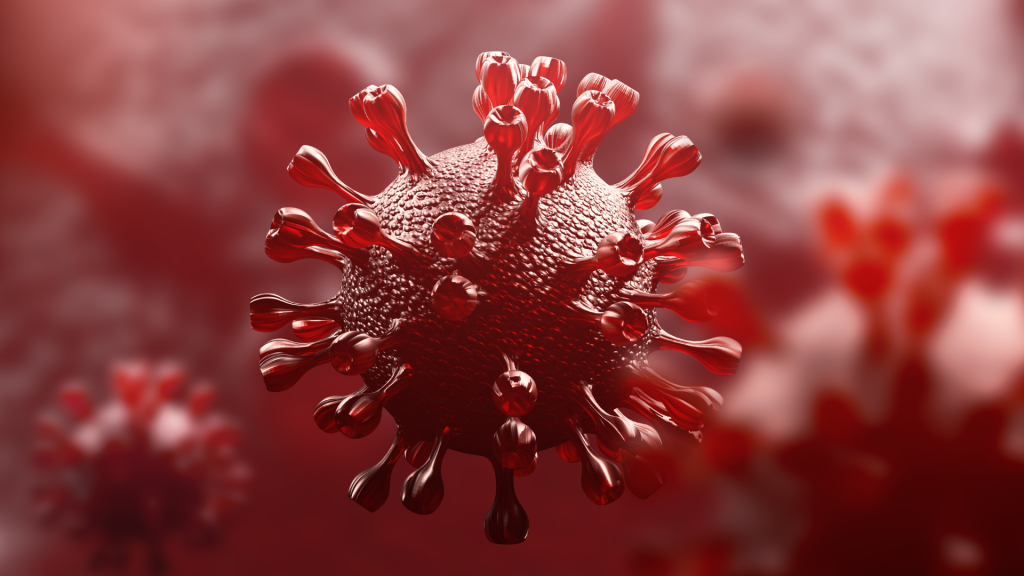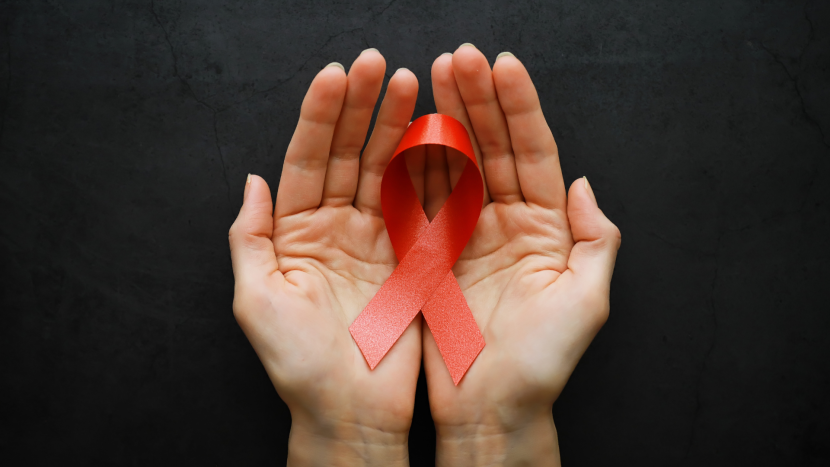HIV (Human Immunodeficiency Virus) is a virus that attacks the body’s immune system, specifically the CD4 cells (T cells), which are crucial for immune defense. If left untreated, HIV can lead to AIDS (Acquired Immunodeficiency Syndrome), a condition where the immune system is severely compromised, making the body vulnerable to infections and certain cancers. HIV was first identified in 1983, and since then, extensive research has helped us understand its mechanisms and how to treat it effectively.
There are two main types of HIV: HIV-1, the most common form found worldwide, and HIV-2, which is less prevalent and primarily found in West Africa. HIV is highly infectious and can be transmitted through blood, semen, vaginal fluids, rectal fluids, and breast milk. The primary modes of transmission include unprotected sexual contact, sharing needles, and from mother to child during childbirth or breastfeeding.
Despite its infectious nature, HIV is no longer a death sentence. Thanks to significant advancements in medical science, HIV is now a manageable chronic illness. With early diagnosis, effective treatment, and ongoing care, individuals living with HIV can enjoy a long, healthy life similar to those without the virus. What was once seen as a fatal condition is now a manageable illness, offering individuals the chance to live a fulfilling and normal life.
Beyond Myths: Confronting HIV Stigma
HIV-related stigma is a persistent barrier that affects individuals living with the virus, leading to social isolation, discrimination, and emotional distress. This stigma stems from misinformation, fear, and stereotypes about how HIV is transmitted and who can be affected by it. Many people still believe that HIV is solely associated with specific groups, such as those engaging in high-risk behaviors, despite the fact that anyone can contract the virus.
The stigma surrounding HIV can lead to individuals avoiding testing, treatment, and disclosure of their status, fearing judgment or rejection. This not only affects mental health but can also result in a lack of access to essential care and support.
Overcoming this stigma requires education, open dialogue, and a shift in societal attitudes. Raising awareness about HIV transmission, treatment, and prevention helps dispel myths and promote understanding. It is important to emphasize that HIV is no longer a fatal diagnosis and that individuals living with HIV can live long, healthy lives with proper care.
Medical Advancements: Living a Normal Life with HIV
Today, nearly 39.9 million people are living with HIV worldwide, including 1.4 million children. The most groundbreaking advancement in HIV care is the development of Antiretroviral Therapy (ART), which involves a combination of medications that work together to suppress the virus. ART prevents HIV from replicating, thus protecting the immune system and significantly reducing the viral load in the blood. When the viral load becomes undetectable, individuals can no longer transmit HIV to their sexual partners, a concept known as “Undetectable = Untransmittable” (U=U). This revolutionary discovery has transformed HIV care, giving people the ability to have relationships, families, and a sense of normalcy without fear of spreading the virus.

In addition to ART, preventive treatments have played a key role in reducing the transmission of HIV. Pre-Exposure Prophylaxis (PrEP) has become a vital tool for those at high risk of contracting HIV. Taken daily, PrEP lowers the risk of HIV infection by up to 99%. Post-Exposure Prophylaxis (PEP) offers protection when taken within 72 hours of possible exposure. These preventive measures, along with safe practices and regular testing, have been instrumental in reducing HIV rates globally.
Beyond treatment and prevention, ongoing research continues to make strides in the quest for a cure. New therapies, such as gene editing techniques and broadly neutralizing antibodies (bNAbs), are being explored as potential solutions to control HIV without the need for daily medication. HIV vaccines are also under development, offering the potential to prevent or even control the virus in those already living with it. The progress in these areas signals hope for a future where HIV could be eradicated entirely.
Moreover, advancements in HIV care extend beyond just medical treatments. People living with HIV now have access to better mental health support and social services, helping them navigate the emotional challenges of the condition. By maintaining a healthy lifestyle with proper nutrition, exercise, and stress management, individuals with HIV can improve their overall well-being. With anti-discrimination laws and workplace protections in place, many people with HIV are able to lead full, professional lives and pursue their personal goals just as anyone else would.
Leading a Fulfilling Life with HIV
Living with HIV no longer means compromising your quality of life. One inspiring example is Sonika Sanju Kumar, a girl from Maharashtra who discovered she was HIV-positive at the age of 7. Despite facing the challenges of living with HIV, she went on to become a marathon champion, with the support and mentorship of her coach. Her story serves as a powerful reminder that with proper care, determination, and support, individuals living with HIV can achieve their dreams and lead extraordinary lives.
Conclusion
Breaking the stigma and myths of HIV is essential for creating a more compassionate and supportive society. Through education, understanding, and open dialogue, we can combat the misconceptions surrounding HIV and empower those living with the virus to lead fulfilling lives. With medical advancements, effective treatment options, and strong community support, individuals with HIV can thrive, defying the barriers of stigma. Let’s work together to promote acceptance, encourage testing and treatment, and ultimately, help those living with HIV live with dignity and confidence.




